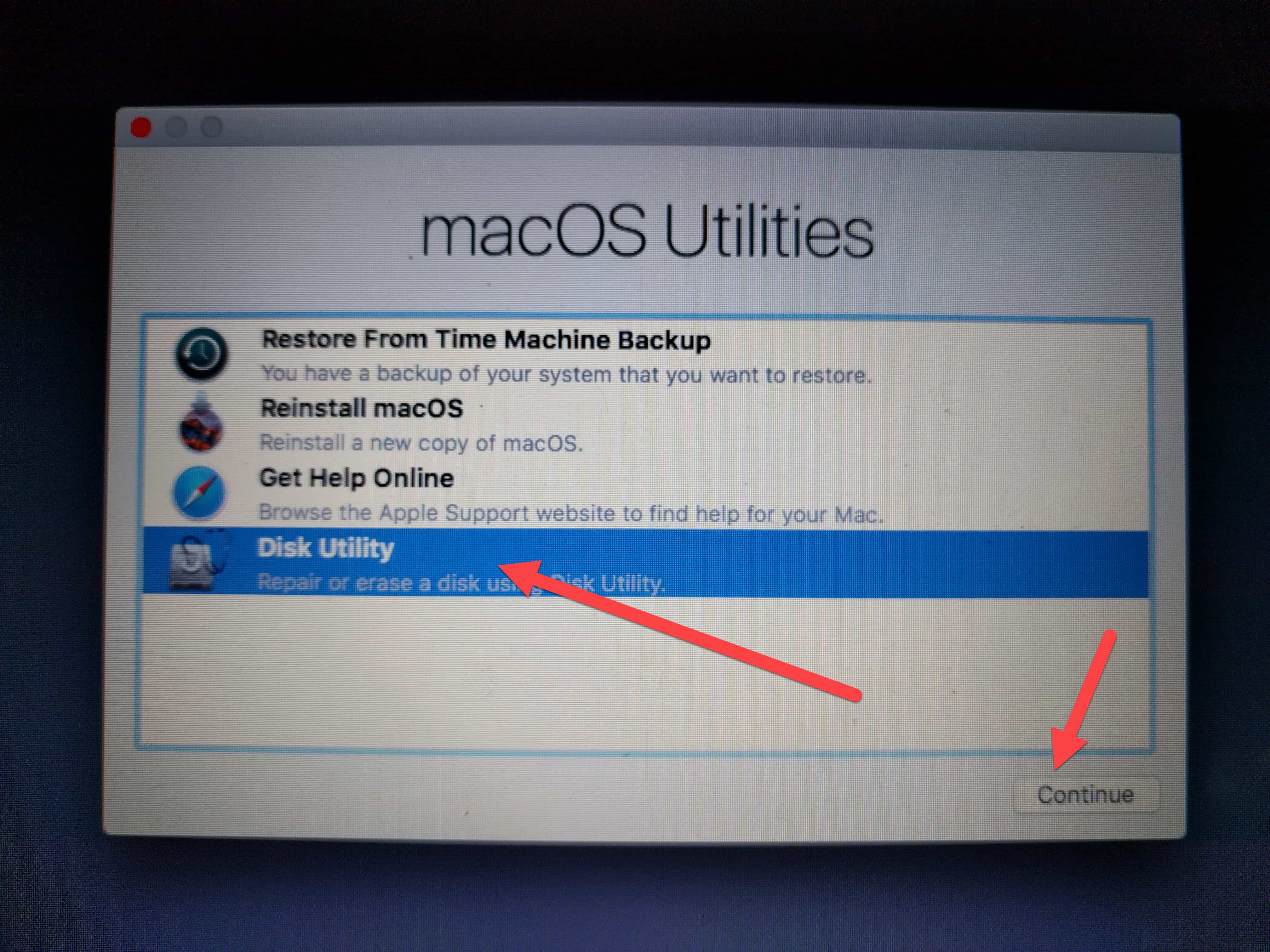
- #Disk utility secure erase manual#
- #Disk utility secure erase code#
- #Disk utility secure erase password#
Right-click the program and select Run as administrator. Click the Search button on the taskbar and type cmd in the search box. If you are unwilling to employ third-party software, you can use Command Prompt to secure wipe hard drive free and prevent data being recovered easily.
#Disk utility secure erase password#
If the password is randomised it should totally warn the user about of the possibility of making the drive locked in case of a power surge or an interrupt of any kind. Securely erase hard drive via Command Prompt.
#Disk utility secure erase code#
I am not a programmer and cannot read source code of the tool to find info about where the password comes from by myself.ĭoes anybody know if this tool randomises the password for every drive it erases, and I'm stuck with like 10 ATA PASSWORD locked drives that are basically junk, or does it use some standard password for each erase?Ĭould please anybody provide me some info, or some contact to the DEVS of the tool so I could analyse the tool to the point of knowing if it's worth my time even trying to guess a password.
#Disk utility secure erase manual#
I've been looking around for a detailed manual for the DISKS utility, but I cannot find anything more than a brief page that states what does the utility do. I've tried using MHDD to unlock my drives which are now inaccessible, but my SUDO password doesn't seem to unlock them. You’ll see your Mac’s startup drive, and any other drives connected to it. Launch Disk Utility it’s in the Utilities folder in your Applications folder. I know the secure erase command needs to lock the drive with an ATA password prior to erasing. Whether it’s a hard drive in an older Mac or an external hard drive, if it is accessible, you can use Disk Utility to securely erase it. I’m trying to securely erase my external hard drive, but there’s no option to securely erase it. This is more secure than overwriting with 0’s, 1’s or random data using 3rd party tools and is the recommended way to wipe a hard drive or SSD if your drive supports it. My system supports SATA HOT PLUG, and during quite a few of disks swaps the power connectors to some drives have moved and the erase was interrupted. Secure Erase options missing in Disk Utility. The Internal Secure Erase method is the most important because it issues the ATA erase command found in the firmware of nearly all drives since 2001. The system displays a warning message similar to the following example.
I chose to use the SATA SECURE ERASE method of cleaning the drives, as it clears the whole disk surface, not only the blocks the OS is able to see, and is considered as the most secure one. Pressdd if/dev/urandom of/dev/sda bs1M This introduces a lot more fuzz to the overwriting pattern than zeros only, which should be more difficult to restore but not noticeably slower to perform. I have been using the Gnome Disks utility to make sure the disks leave my company clean and all of my data is erased. Yes, the disk utility uses a method similar to the one with dd you describe, or a faster and more secure one more like.

I've been using Lubuntu testbench to format many HDD prior to sale.


 0 kommentar(er)
0 kommentar(er)
